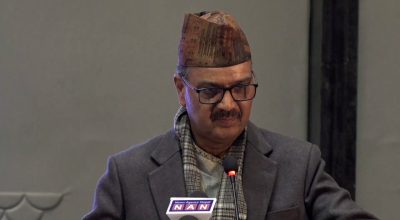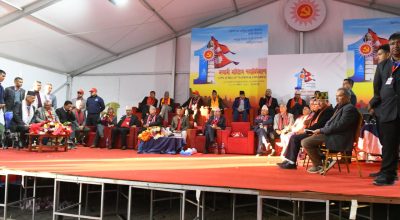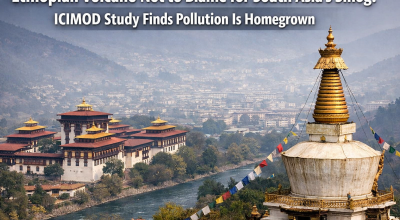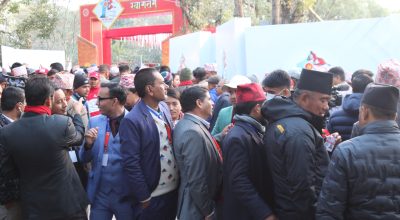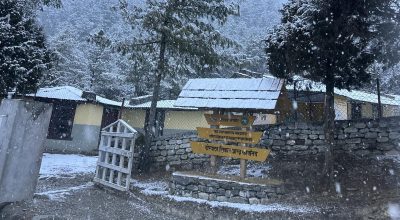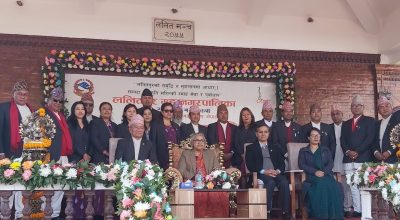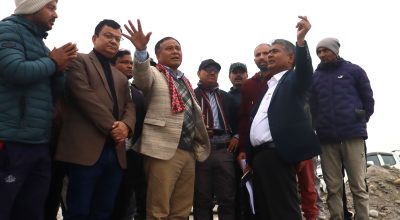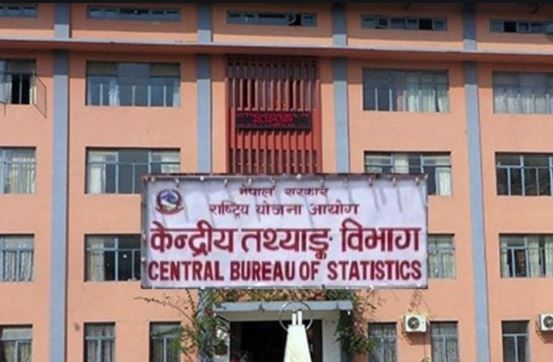
Kathmandu, April 24: The national census 2021 data has shown that urban population reached 66.2 per cent in Nepal. Releasing the municipality and rural municipality-level data, the Central Statistics Office (CSO) on Sunday stated that the urban population in Nepal is slightly more than 19.29 million while the rural population is 9.86 million plus.
According to the national census 2011, the urban population in the country was just 17.1 per cent.
As per the geographical belt, the urban population in the mountainous region is 35.6 per cent while the rural population is 64.4 per cent.
Likewise, 63.3 per cent people in the hilly region reside in municipalities while 36.7 per cent people live in the rural municipality in the hills.
There are 71.8 per cent people as city dwellers in the Tarai region while 28.2 per cent people are the dwellers in the rural areas.
The average population growth rate during the census period is 0.92 per cent per year against 1.35 per cent in the previous census.
While the average annual population growth in municipality is 1.36 per cent, the average annual population growth in rural municipality is 0.11 per cent per year this census.
The density of population as per the 2021 census is 198 per square kilometer which was 180 per square kilometer in 2011. The density of population in municipality is 373 per square kilometer while it is 105 per square kilometer in rural municipality in 2021.
Among the 6,666,937 households residing in Nepal, 4,479,662 families live in municipalities while remaining live in rural municipalities, the 2021 census puts.
In Nepal, the average member number per family is 4.37 in total. In terms of municipality, average family member number is 4.31 per family and 4.51 per family in rural municipality.
Geographically, the average family member number per family in mountainous municipality is 4.23, 3.90 in hilly municipalities and 4.63 in Terai municipalities.
Similarly, the average family member per family in rural municipalities in mountainous region is 4.38, 4.14 in hilly region and 4.99 in Tarai.
Among the 6,666,937 families recorded during the 2021 census, the head of the family was male in 68.5 per cent of families while 31.5 per cent were female as the head.
Municipality-wise, males were the head of the family in 67.2 per cent families in municipalities while females were the head in 32.8 per cent.
Likewise, males were the head of the family in 71.1 per cent families in rural municipalities while 28.9 per cent families had females as their head.






